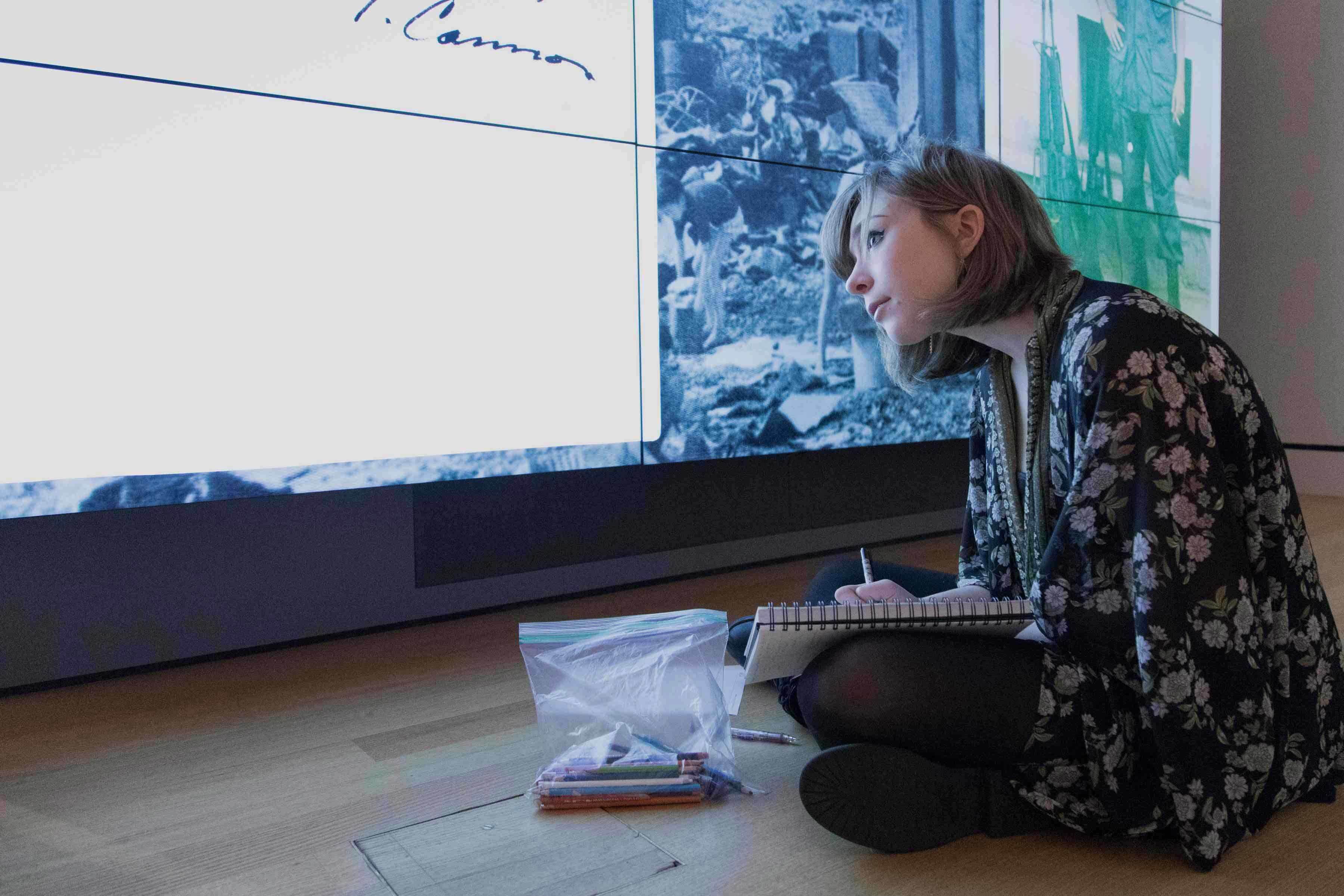Defining “engagement”
Seeking ways to increase visitor engagement with works of art has long been a goal at art museums. However, it is difficult to increase visitor engagement absent a clear understanding of what engagement is and ways to increase it. With the PEM Neuroscience Initiative, we seek to bring neuroscience to bear as a means of understanding engagement and as a means of developing strategies to increase visitor engagement with works of art.
Dr. Carl Marci, a renowned psychiatrist and neuroscientist, has conducted extensive biometric research aimed at understanding engagement. Based on his work and advice, we developed a simple but powerful way to understand engagement and ways to increase it.
Engagement occurs when we capture one’s attention in a way that generates an emotional response, resulting in the formation of a memory.
Museums often fail to recognize the essential nature of emotion to engagement. Emotion is critical to generating memory and learning. Dry didactic information provided in interpretive labels and by other means, even if well written, seldom generates significant emotion. Many studies have shown that visitor recall of didactic information provided through interpretive labels and other in-gallery methods is startlingly low. Meaningful and emotionally rich stories, on the other hand, convey information visitors will remember. Therefore, we developed a technical approach to assessing visitor engagement that allows us to measure each of the three key elements of engagement (attention, emotion, and memory).
Take another look at our tool box…

1. Eye tracking measures attention
Eye-tracking allows us to observe where attention is allocated

2. Biometrics measures emotion
Galvanic skin response monitoring allows us to observe visitors’ emotional responses

3. Self-reporting measures memory
Self-reporting allows us to understand what memories visitors form based on their experiences at PEM.
By integrating findings across these three types of measurements and pairing our findings with those in the neuroscience literature, we can begin to understand the dynamics of engagement in a museum setting. We can then apply this nuanced comprehension of the visitor experience to create new compelling art experiences.




